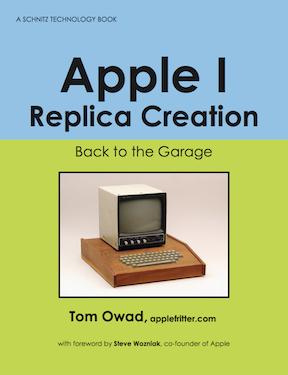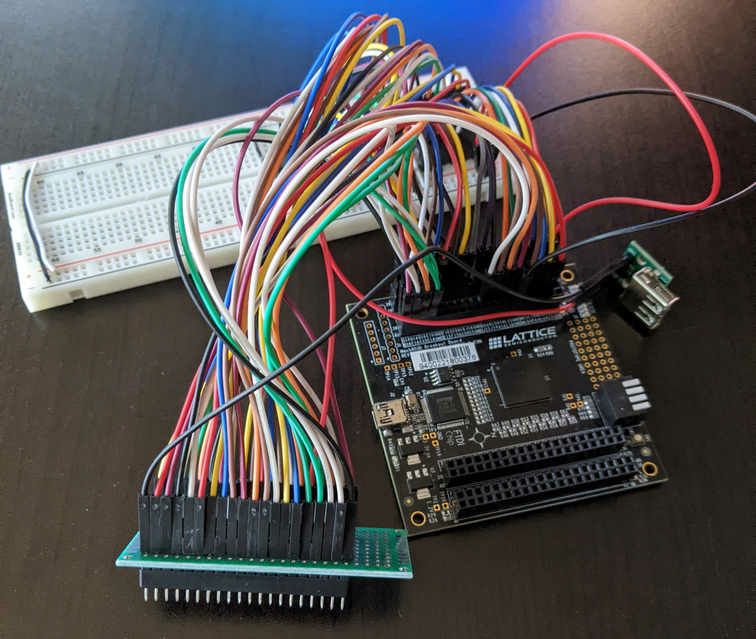My first Linux install, in high school, was MkLinux on a Macintosh Performa 6116CD. 'Mk' indicated it used the Mach microkernel, and it was the only Linux that could run on PowerPC NUBUS Macs. It came as a book and CD-ROM. Next was Slackware on a 486, where I had a perl script that searched eBay hourly for old computers. Not long after, I bought a Power Computing PowerTower Pro and set it up to triple-boot Mac OS, Yellow Dog Linux, and BeOS. In college, my dorm room server was a Motorola PowerStack running Debian PowerPC, and I've rarely strayed from Debian and its derivatives since.
Recently, I've been playing with Arch on an Orange Pi 5, and it has me itching to experiment with new distros again. Browsing DistroWatch, the distros and their descriptions blur together, but I realized you can infer a lot about a community's values by looking at what external content they embed in their website. Do they respect your privacy? Or are they willing to sell you out for nothing more than a couple of free fonts?
The table below lists the top 100 distributions on DistroWatch, at the time of this writing. Those in green do not embed any external content. Those in red embed content from Google or Cloudflare. This includes Google fonts, because "By using our APIs, Google may use submitted information in accordance with our privacy policies." Google's privacy policies allow them to track you.
If the distribution is not colored, you should look at it on a case-by-case basis. Some are embedding a pretty innocuous-looking CDN or using a local piwik server. Others are not.
I didn't include multiple subdomains from the same site, if they weren't interesting. For example, for MX Linux I listed stripe.com, even though there are embeds for js.stripe.com, m.stripe.com, and q.stripe.com. Any embeds from cloudflare.nsa.gov are just listed as cloudflare.






